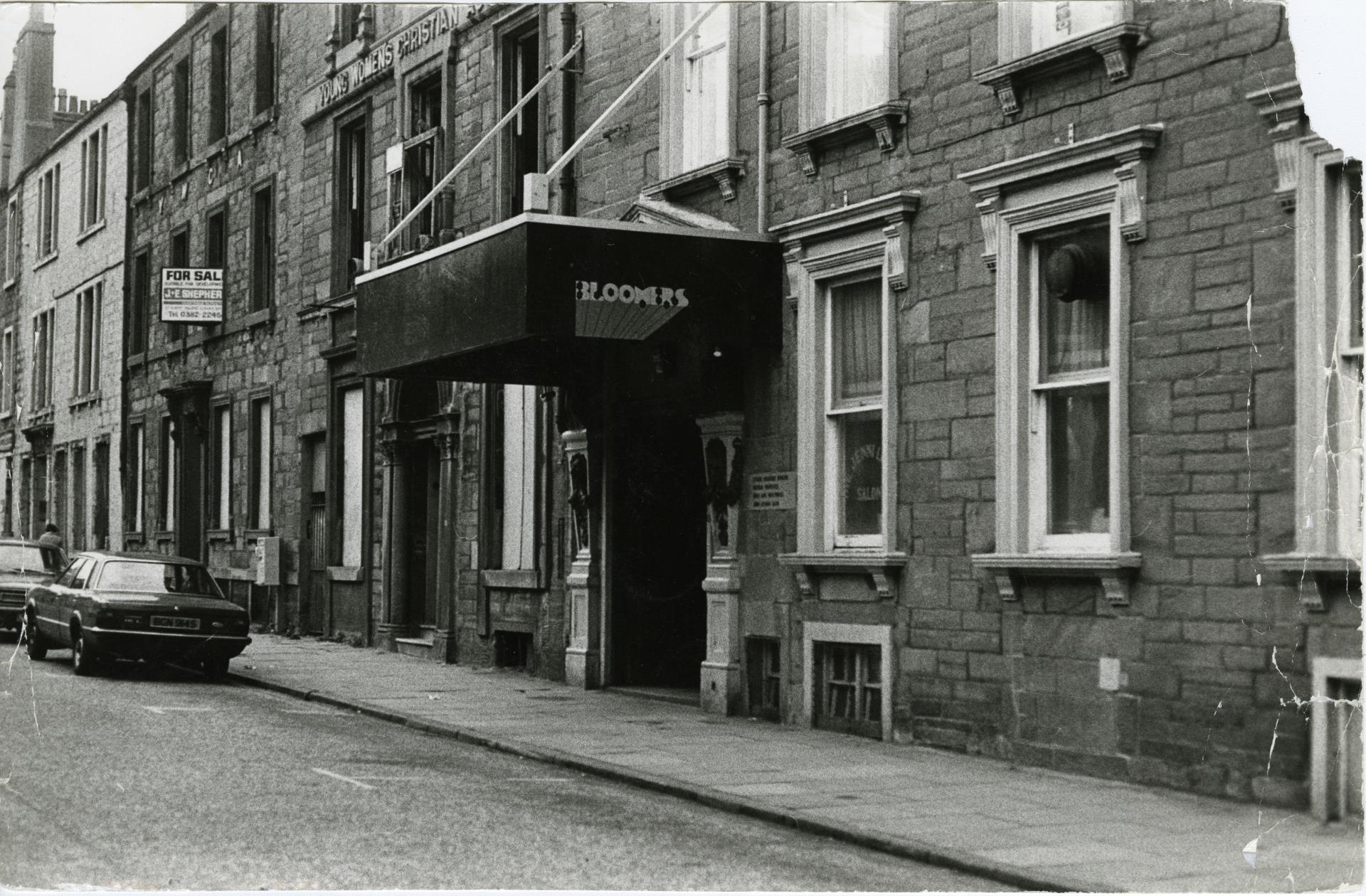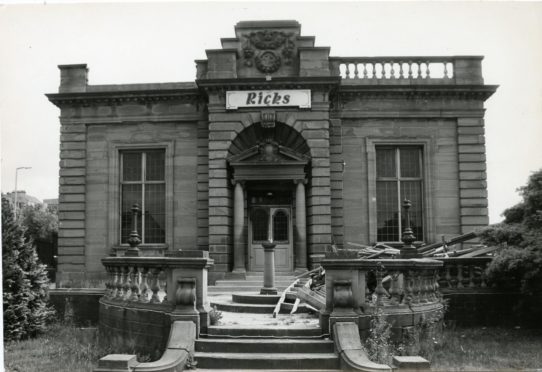It has been over a year since punters could boogie on the dancefloor of Dundee’s nightclubs. While the wait may soon finally be over we thought it was the perfect chance to look back at some of the discotheques and bars that entertained locals week in and week out.
According to the sign Dundee’s “trendiest nightclub” was none other than Gennas on
Gellatly Street. The bar area can be seen in December 1999 with locals most likely to remember the club’s half price Thursdays that were popular in the 80s where you could grab a drink for just 50p. What a bargain!
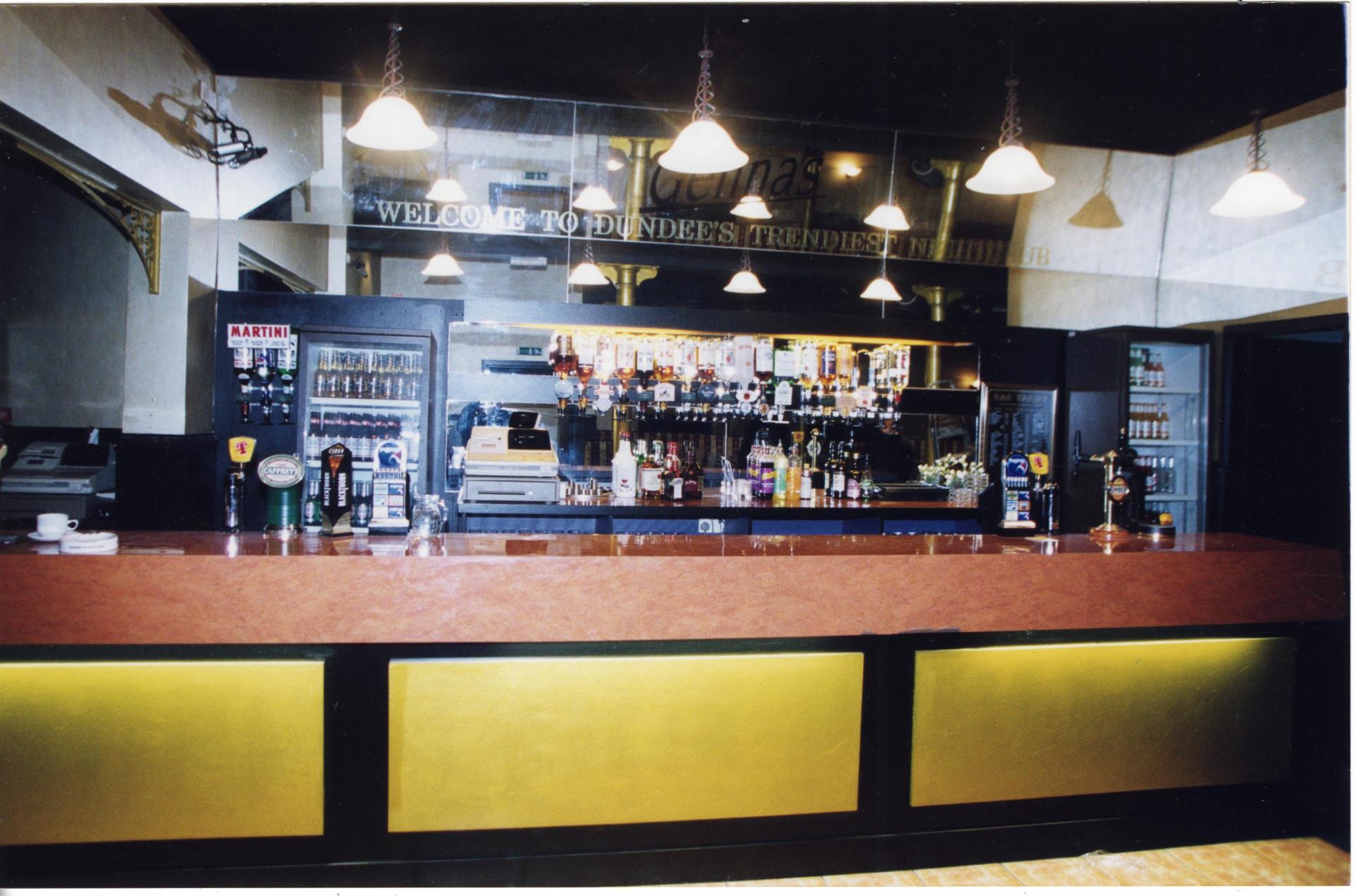
In 1988 Dirty Den’s opened with a £7.50 admission fee and a free bar all night long, which surely for many resulted in a messy night and questionable dance moves on the dancefloor shown below. The Brown Street venue had gone through a whole host of renovations before its opening, most notably following a fire which ripped through the upper level of the club three years earlier when it was known as The Fountain.
The real life disco inferno struck on June 25 1985 causing extensive damage including completely destroying the roof. Dundee CID investigated the blaze but there were no apparent suspicious circumstances.
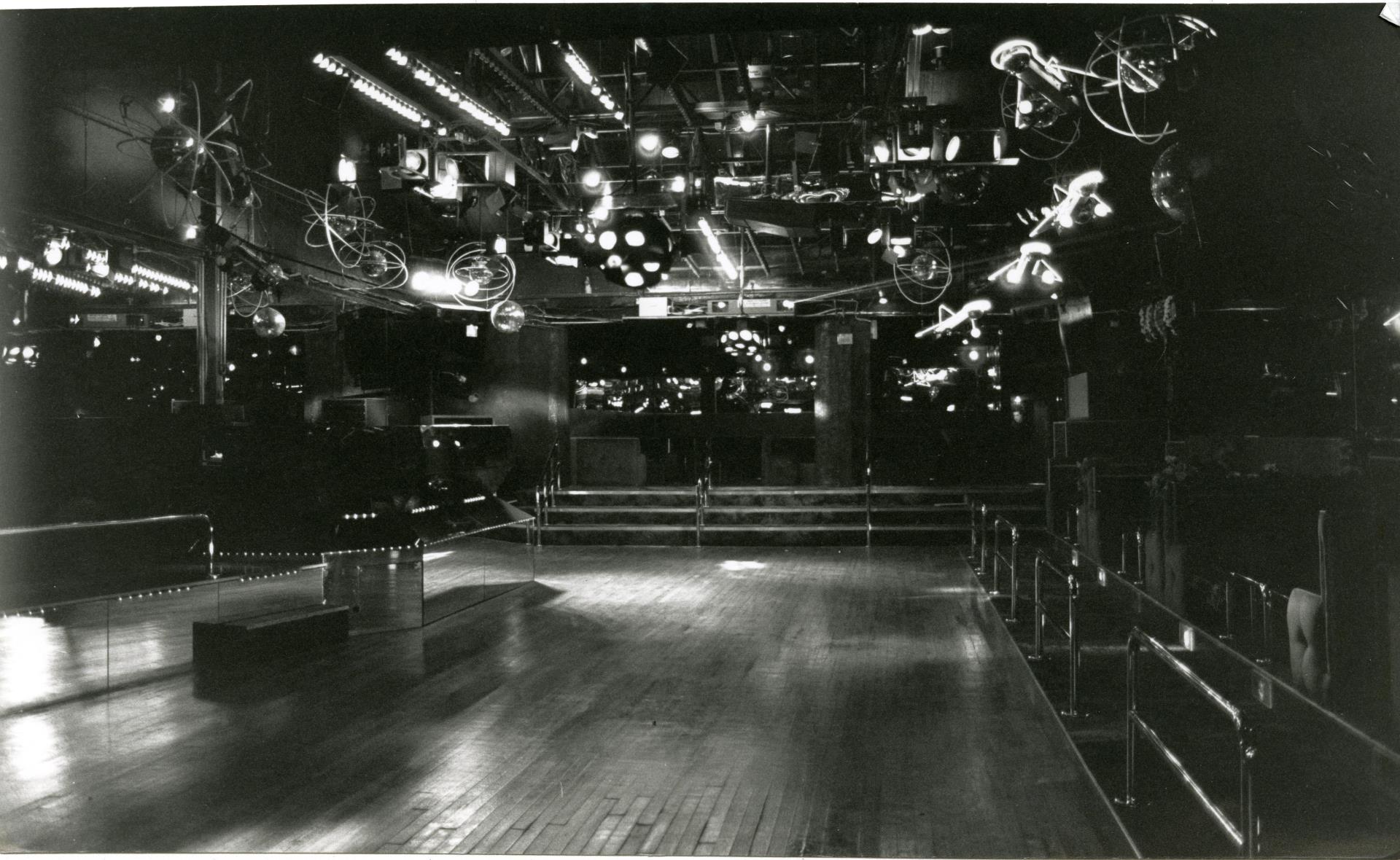
Just a few years after Dirty Den’s opening, Oscars was born, fondly remembered as Dirty Oscars in homage to its predecessor. The club featured an array of LED lighting which can be seen below in October 1990.
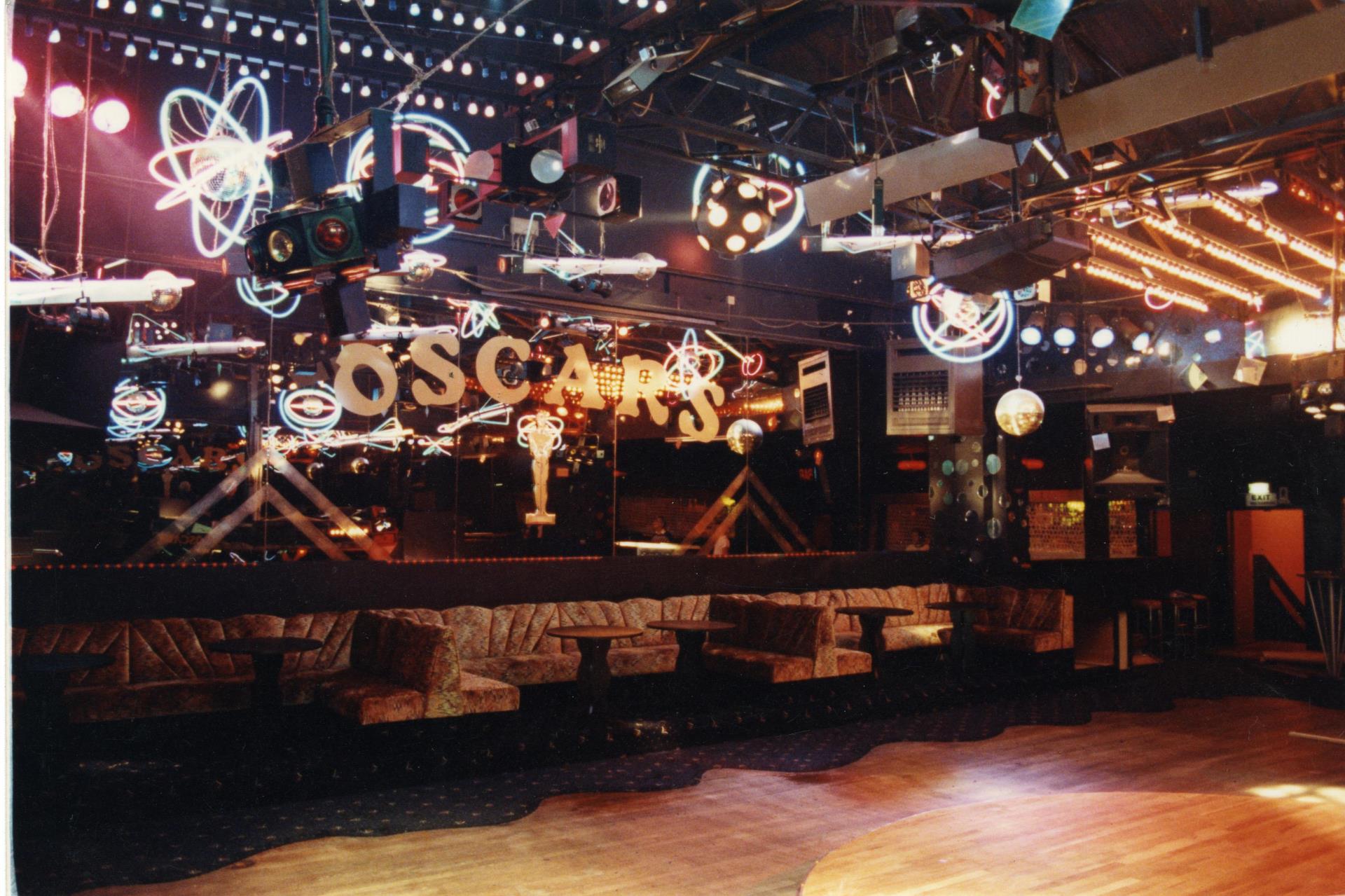
Following a stint as the Colosseum, as can be seen below, with the addition of very Roman inspired light up tables, the Brown Street venue once again changed its name to Oxygen before closing down for good.
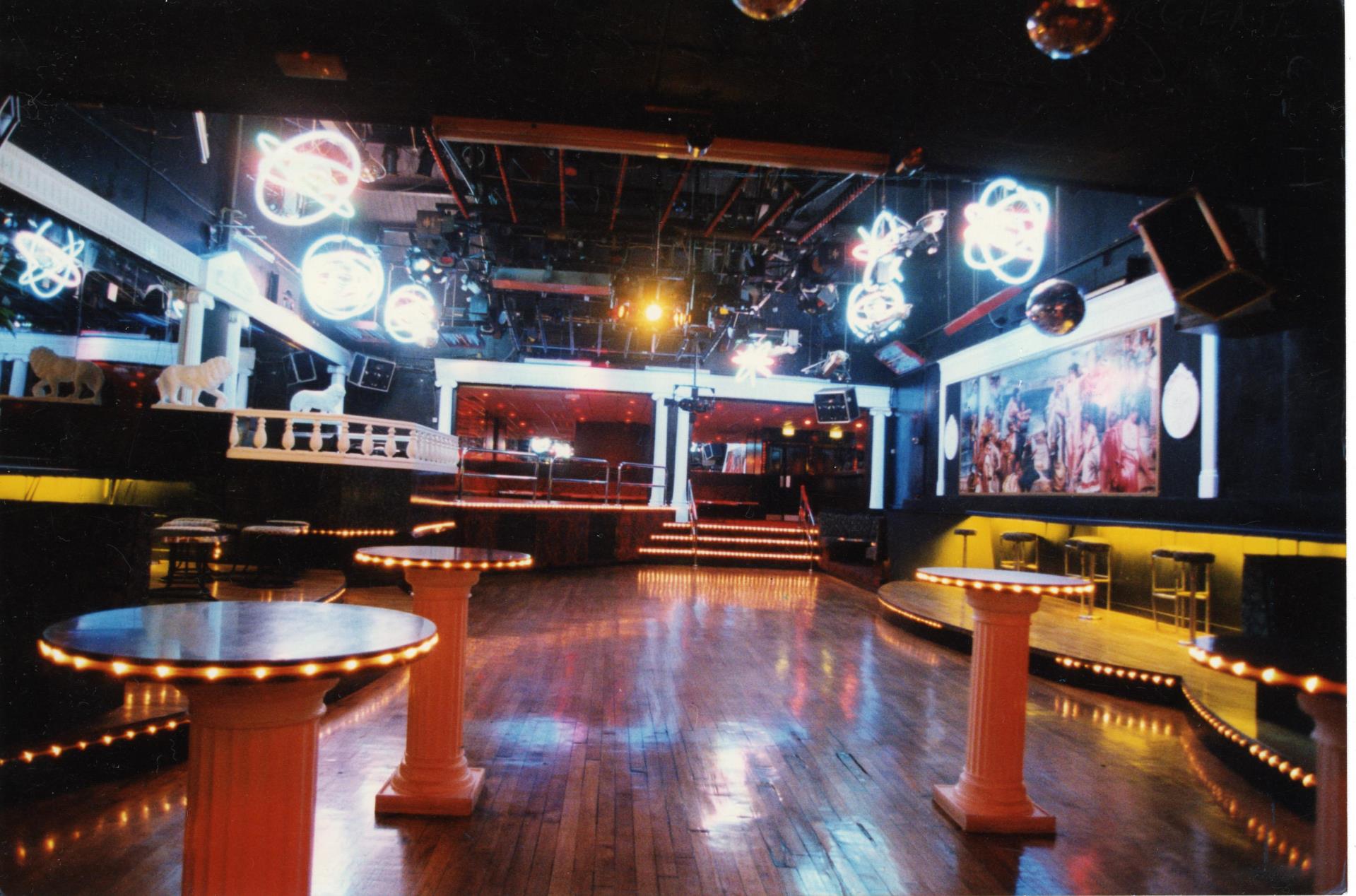
If you were over 30 in the 90s then there is a good chance you visited the St Andrew’s Lane nightclub Arthur’s.
Arthur Durk had ran many successful over 30’s nights at the Royal and Tay hotels before opening his very own club.
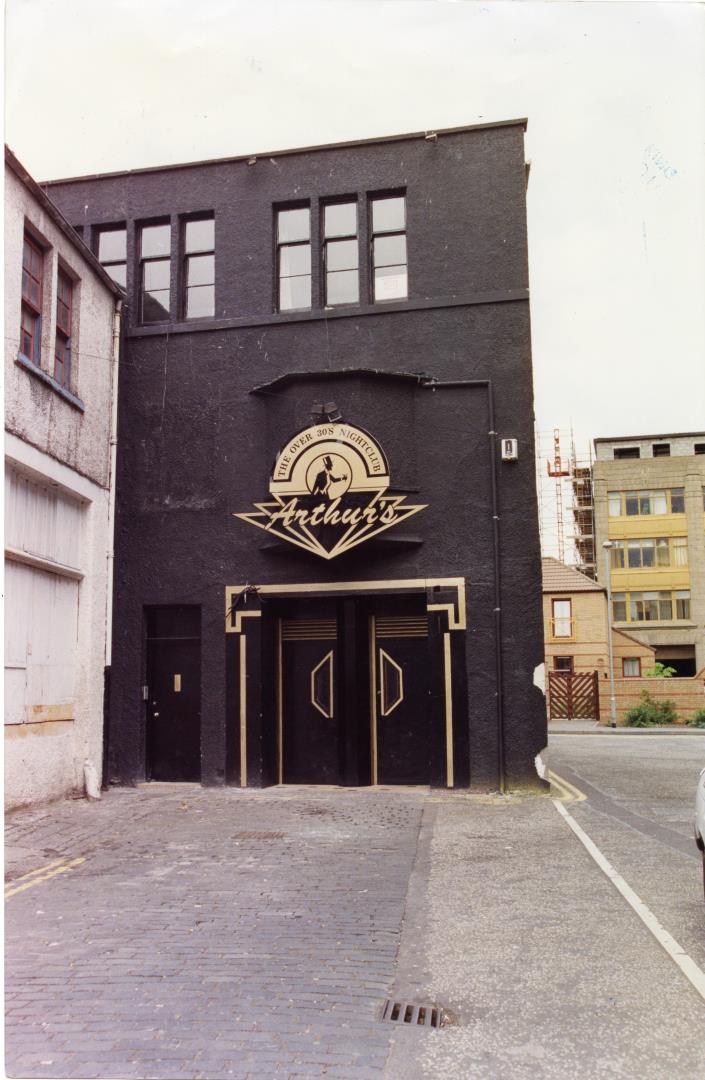
In December 1983 a new club was in town, one that would last generations. Fat Sam’s opened its doors providing a home for the Dance Factory evenings that had been popular at several venues around the city over the previous 12 months.
Below is a view of a dancefloor area 10 years after the South Ward Road venue opened. The nightclub was sold in 2013 closing the door on the Fat Sam’s era however it still proves as a popular venue under new management.
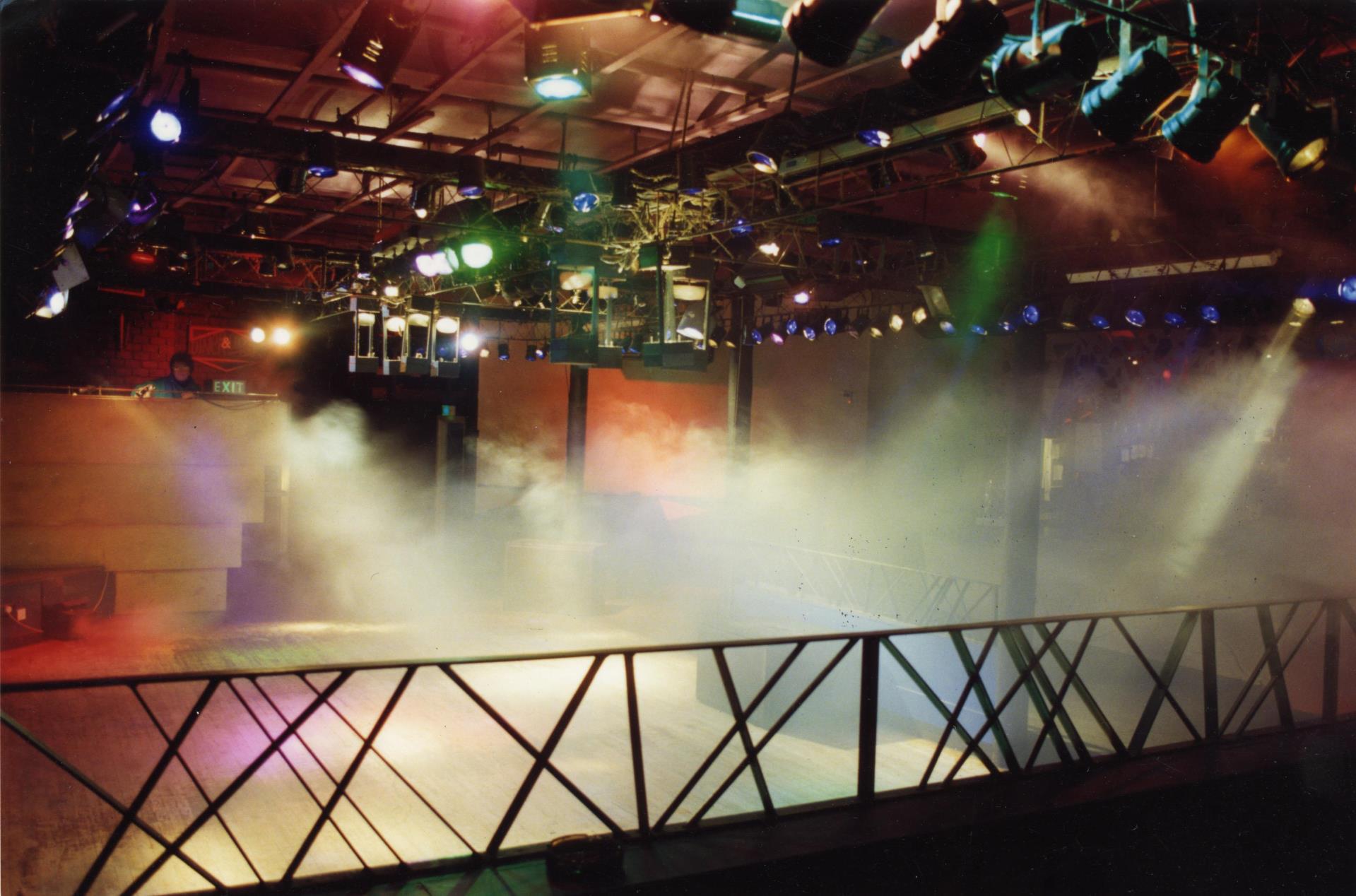
Former warehouses on South Ward Road were converted in the 1980s into De Stihl’s nightclub, which opened in 1988.
The club regularly attracted crowds of up to 800 people while being run by Stakis and it was in this venue that Michael Jackson’s iconic Thriller music video was given its first screening outside of London.
Eddie Tobin, area manager for Stakis when De Stihl’s opened, said: “It wasn’t a place where you needed to bring big acts, because the room was so good everybody loved it anyway.
“I’ve run nightclubs throughout the country. I must have run 50 clubs; De Stihl’s was the best, if not second.”
The former nightclub was razed to the ground in 2014.
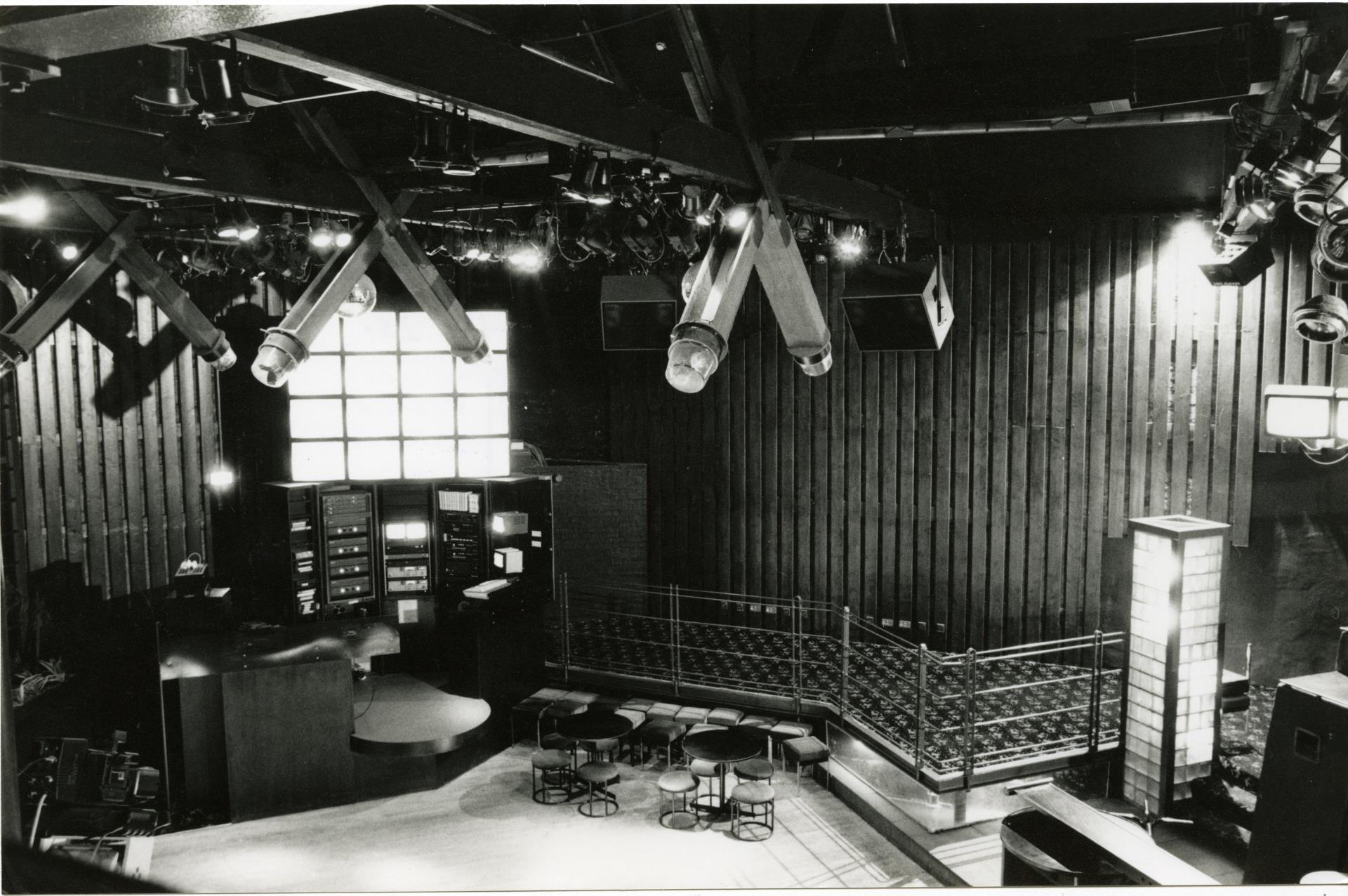
Another South Ward Road favourite was the Enigma Nightclub, below in July 1990. The club featured a classic crazy patterned carpet that could hide a multitude of sins and was decorated with an almost mesmerising smoky paint job.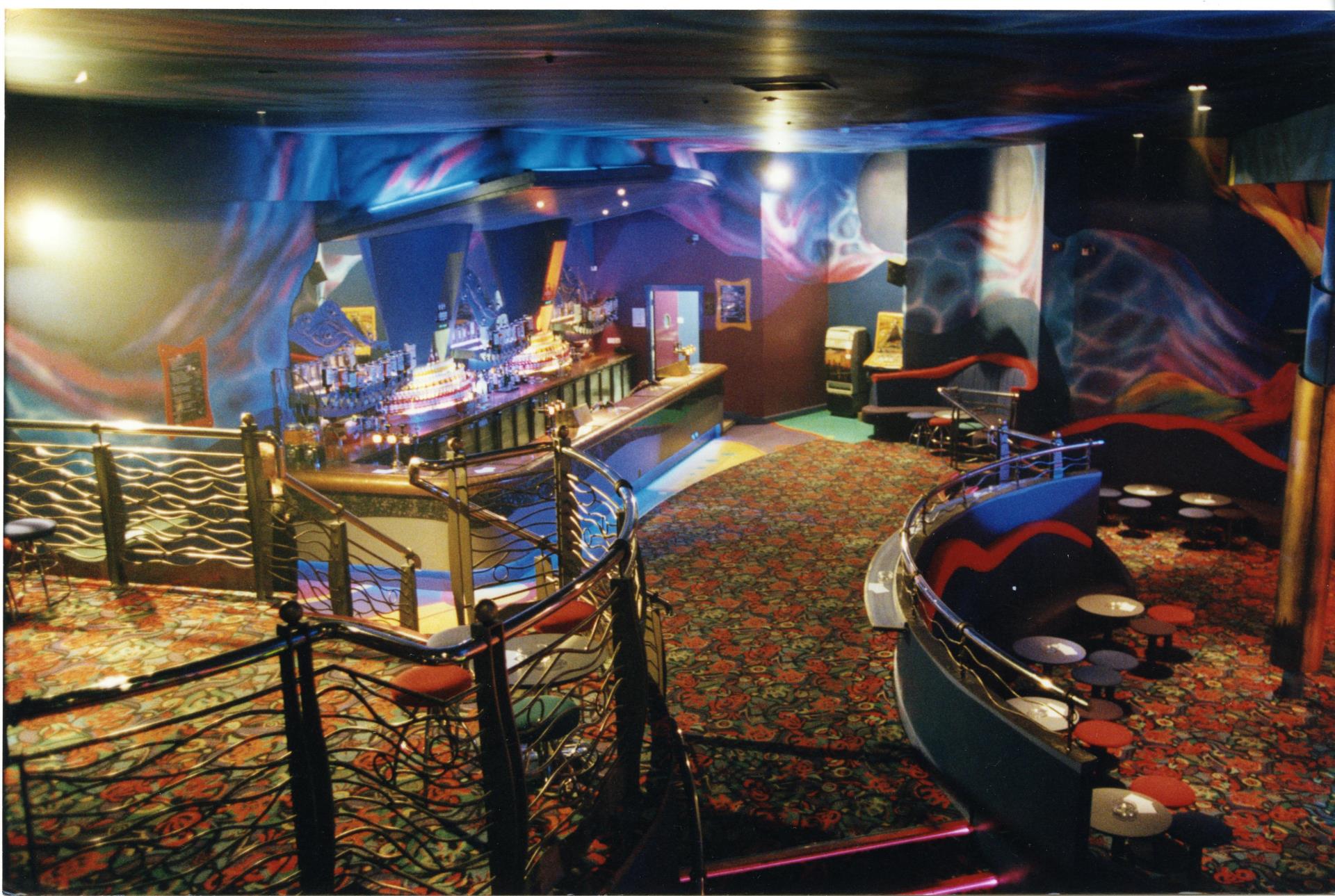
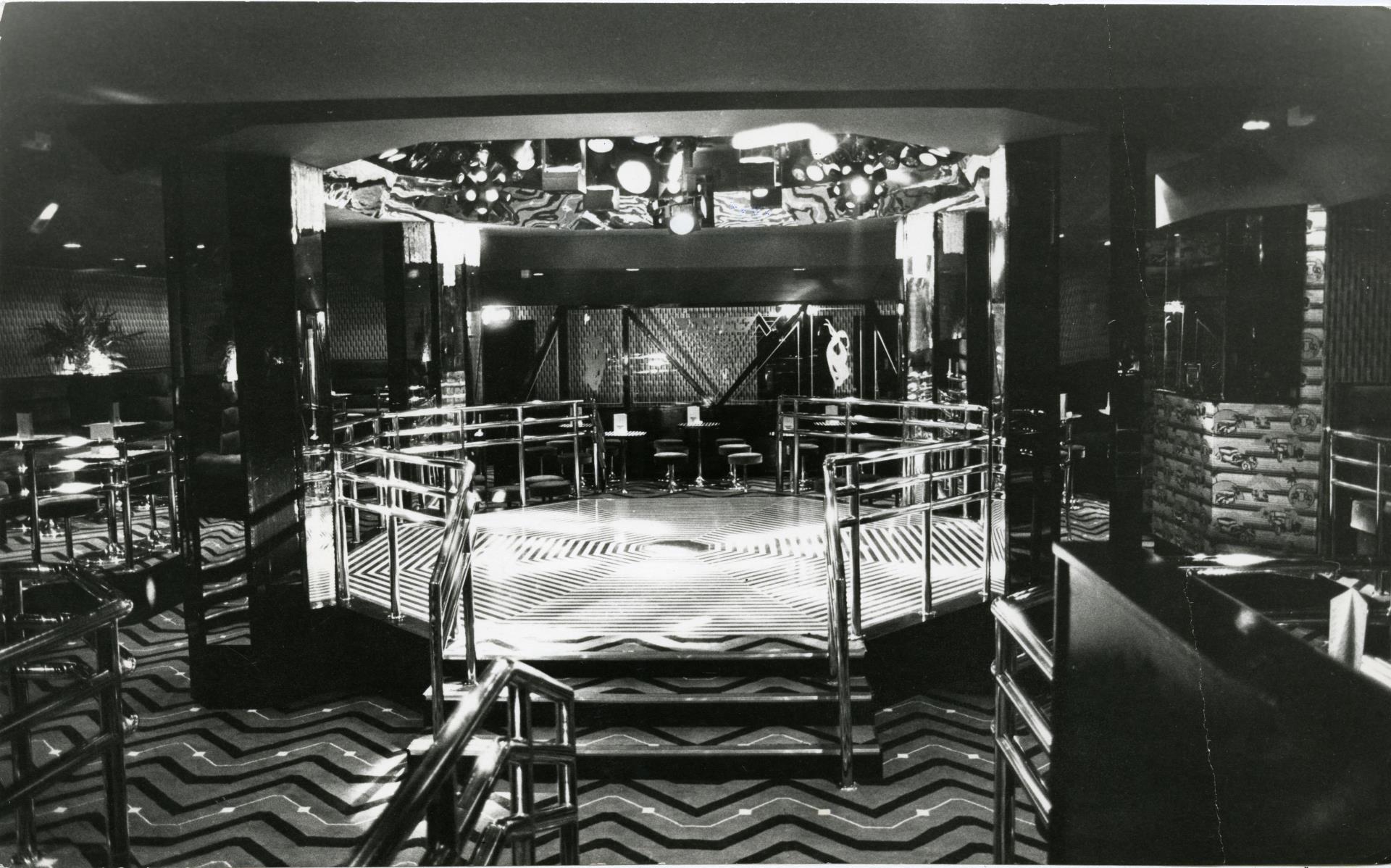
Bloomers on South Tay Street began welcoming revellers in early 1979. As well as being a disco each weekend the venue also hosted a number of gigs with bands featured including The Skids, Radio Stars and other punk and new wave outfits.
Bloomers was opened after a short lived stint as Samantha’s however the new name wouldn’t last long either when in February 1980 the place was destroyed in a fire.
